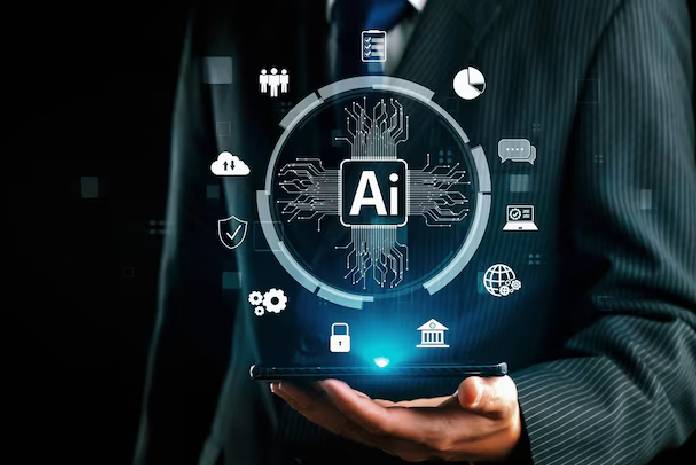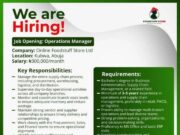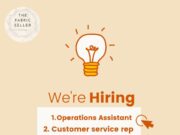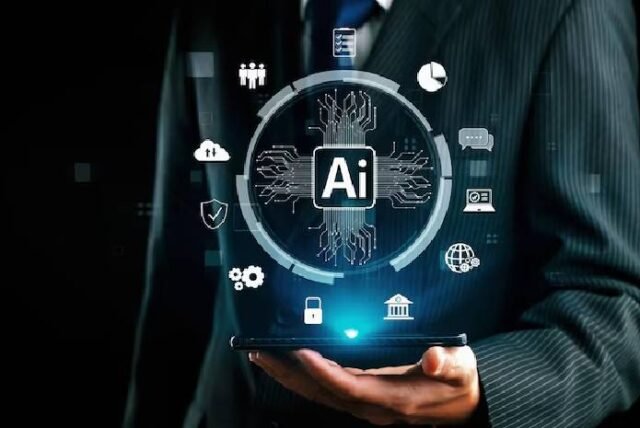In a major milestone for applied artificial intelligence, NTT has introduced what it describes as the world’s first AI technology capable of visualising experts’ decision‑making processes from dialogue data with roughly 90% accuracy. This leap forward promises to transform how organisations capture know‑how, empower less experienced personnel, and automate operational decisions grounded in expert logic.
NTT’s research, now accepted as a findings paper at the 63rd Annual Meeting of the Association for Computational Linguistics (ACL 2025), focuses on domains such as security incident response and call-centre operations — areas where capturing tacit knowledge and replicating high‑level cognitive processes have long been elusive.
Table of Contents

Why This Breakthrough Matters
Organisations across sectors — especially those facing labour shortages or ageing expert workforces — often struggle to transfer critical decision‑making skills to new or junior staff. Traditional training methods, manuals, or mentoring often fall short in communicating the real-time reasoning experts employ.
NTT’s solution addresses this directly. By analysing dialogue transcripts, the AI extracts and visualises the flow of questions and suggestions experts use to reach conclusions. Novice staff can then follow those visual decision maps to replicate responses in real‑world scenarios.
This capability is especially valuable in fast‑paced environments such as cybersecurity operations, call-centre support, medical triage lines, or emergency coordination, where decisions must be consistent and expert‑level, yet latency and training gaps persist.
The Technology Behind It
NTT’s platform leverages large language models (LLMs) to process recorded dialogue logs — identifying key decision points, questions posed, and suggestions made by experts. These are then grouped into a merged question list and a merged suggestion list, allowing a structured mapping of typical expert paths.
Essentially, the system:
- Parses dialogue exchanges involving expert agents.
- Extracts and groups recurring questions and recommendations.
- Builds a decision‑flow visualisation showing how experts navigate complex situations.
- Provides a visual decision tree that novice users or AI systems can follow.
By achieving approximately 90% accuracy in these mappings, the technology enables reliable replication of expert reasoning, without requiring experts to manually document their thought process.

Real‑World Impact: Business Succession, Training & Automation
This innovation has far-reaching implications for knowledge management and succession planning. When an industry veteran retires or is unavailable during peak operations, organisations can use the technology to transfer those insights rapidly to others.
NTT specifically highlights its role in business succession planning, ensuring that critical institutional knowledge doesn’t walk out the door when experts depart.
Furthermore, NTT envisions integrating these expert‑decision models directly into AI systems, enabling automated responses that are not only fast but also firmly rooted in real-world expert behaviour. This could significantly elevate quality and consistency in automated query handling across industries.
Academic Recognition & Timing
The research has passed peer scrutiny at ACL 2025, which ran from July 27 to August 1, 2025. That timing firmly positions the innovation as a cutting‑edge development in conversational AI and machine learning research communities.
Acceptance at ACL reflects the technical rigour and novelty required, marking this not just a corporate tool but a scientifically recognised advancement in modelling human decision processes via LLM technology.
Beyond NTT: Broader AI Context
NTT’s work builds on a history of AI innovations — from real‑time edge inference chips for 4K video to visual language and cognition models. Earlier in 2025, NTT unveiled a 4K‑resolution video inference LSI for drones and edge terminals, as well as visual LLM models bridging human cognition and AI perception.
Moreover, NTT DATA has rolled out generative AI training frameworks and industry‑targeted agent systems — including their Smart AI Agent™ ecosystem — which emphasise automating and operationalising AI responsibly across verticals.
But this new technology extends the narrative from automation to expert human insight extraction, enabling organisations to not just apply AI, but to imbue it with nuanced human decisions.
Use Cases and Future Directions
- Call Centres & Customer Support
Chat logs or call dialogues are ingested; expert responses are mapped visually, enabling newer agents to emulate top-tier handling of complex customer issues. - Security & Incident Response
Analysts’ post‑incident review dialogues are processed to model how risks were assessed and addressed — essential when upscaling operations or onboarding new SOC team members. - Healthcare Triage Operations
Expert nurses or clinicians’ interaction flows are visualised to guide new staff in medical decision triage or patient assessment steps. - Knowledge‑Driven AI Agents
Mapped decision paths could be converted into decision‑tree logic within AI assistants, accelerating the transition toward more cognitively aligned automated agents.
Challenges & Ethical Considerations
Although impressive, visualising expert reasoning from dialogue data raises important questions:
- Bias & Representation: If expert behaviour is limited or skewed, representations may reinforce outdated or biased decision styles.
- Privacy & Consent: Dialogue data must be handled in compliance with data‐protection standards and individual rights.
- Understandability and Oversight: Users may need transparency into how visual flows were generated, and the ability to refine, adapt or challenge them.
NTT is expected to implement responsible AI practices and governance around these models, consistent with their broader AI ethics framework and secure AI infrastructure ethos seen across their enterprise offerings.

Looking Ahead
NTT’s development marks a pivotal shift: from automating discrete tasks to systematically capturing and operationalising expert cognition. As organisations continue to face skill gaps and seek scalable knowledge transfer, systems like this could redefine training, succession planning, and AI‑driven decision support.
If successfully deployed, we may see a new class of AI tools that not only serve answers but reason with the subtle logic of seasoned experts, improving consistency, quality, and trust in automated systems.
Conclusion
NTT’s announcement today establishes a bold frontier—a world where AI doesn’t just mimic language, but visualises and codifies expert thinking. With ~90% accuracy and formal recognition by ACL 2025, this approach offers practical and scalable ways to preserve institutional wisdom, enhance workforce capability, and underpin next‑generation AI agents with real human insights.
Join Our Social Media Channels:
WhatsApp: NaijaEyes
Facebook: NaijaEyes
Twitter: NaijaEyes
Instagram: NaijaEyes
TikTok: NaijaEyes








































